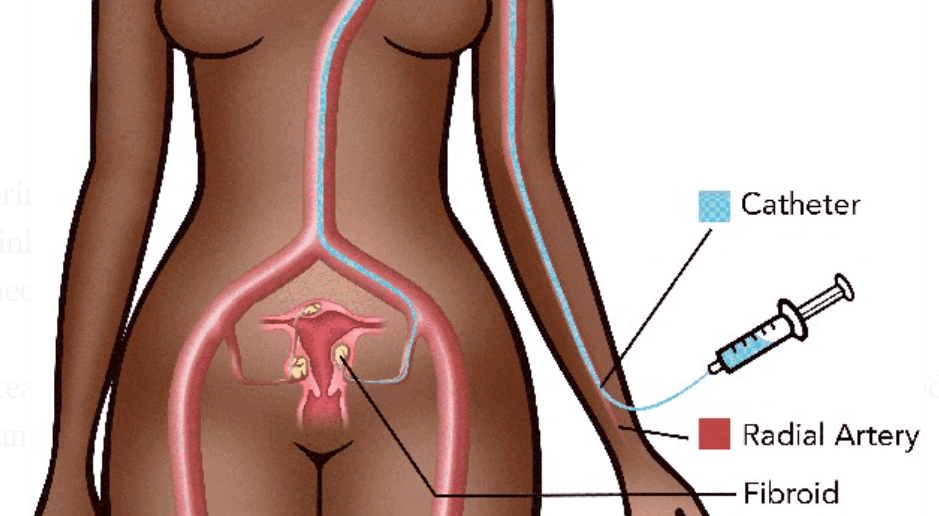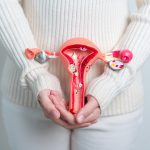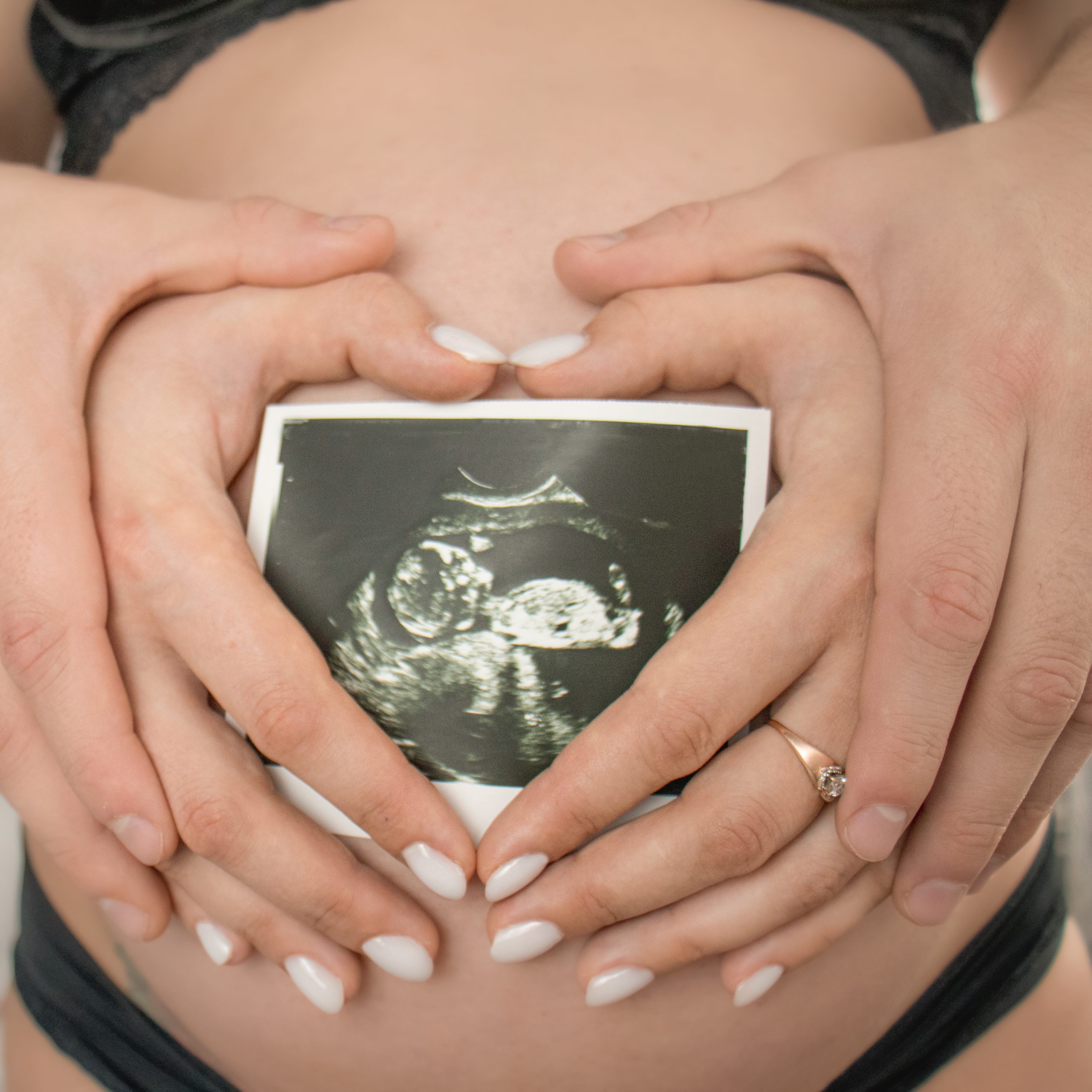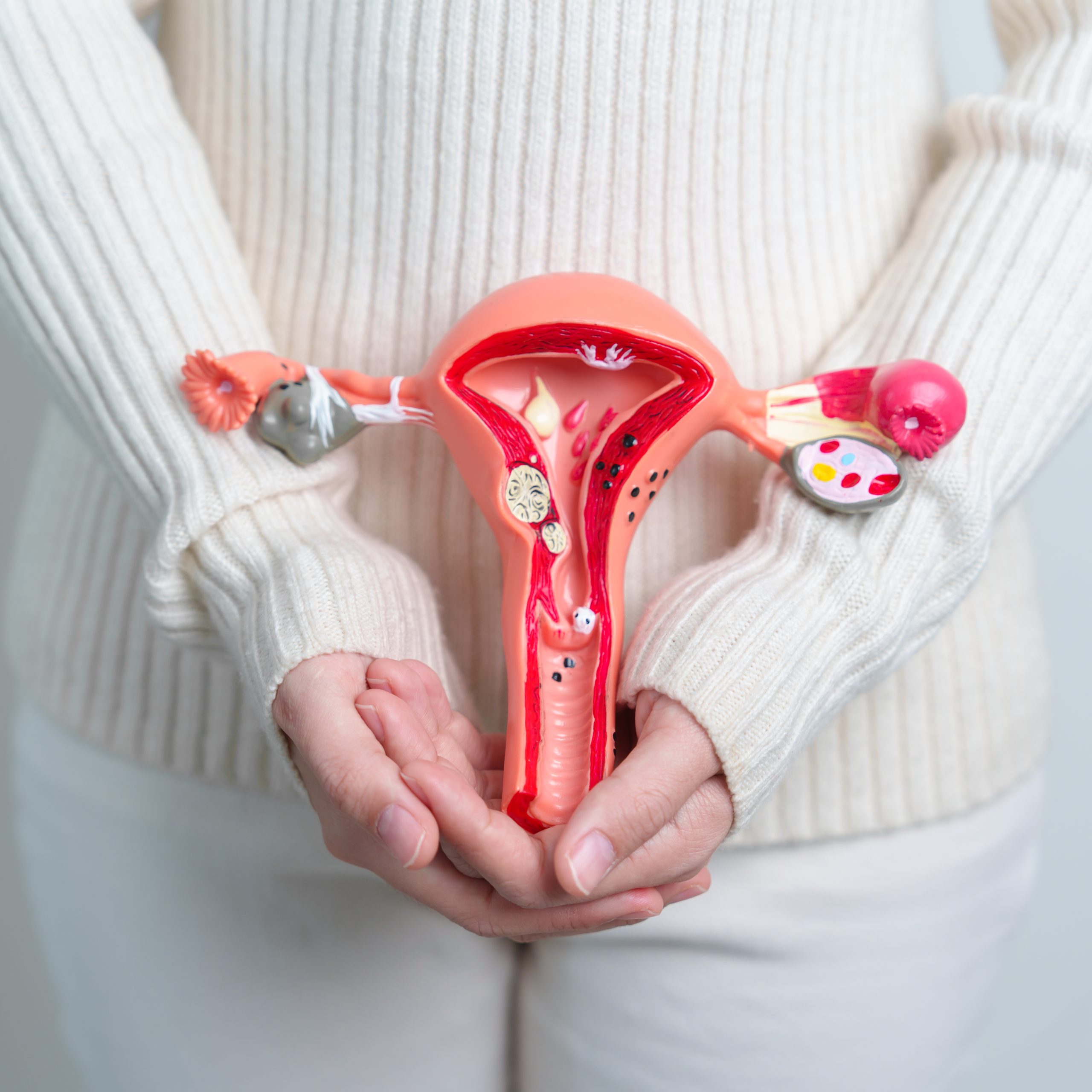Women need to know all their options to treat fibroids.
“I want to keep my uterus,” she said as I displayed the large fibroid tumors visible on her ultrasound images in my Obgyn office. “My mother and sister both had a hysterectomy. I want to keep my uterus. What are my options?”
Every woman suffering from the effects of uterine fibroids deserves to know all of her options. Removing fibroids is not always the answer. While Obgyn physicians are comfortable discussing surgical treatment options, many doctors do not discuss all the alternatives.
Uterine fibroid embolization can be an excellent choice for the many women with fibroids who want to avoid surgery and keep their uterus. This minimally invasive alternative effectively treats fibroid with minimal downtime and recovery.
Uterine fibroids are one of the most common gynecological conditions with many available treatment options. Educating yourself is a key step to allow you and your doctor to make a joint decision together on the best approach.
I want to keep my uterus. What are my options?
What are uterine fibroids?
Uterine fibroids are benign noncancerous tumors affecting women. Fibroids, also called leiomyomas, are groups of cells that form into a ball of muscle in the walls of the uterus. Up to 80% of women will develop one or more uterine fibroids during their lifetime.
Uterine fibroids behave in strange ways. They may grow slowly or quickly, or they may simply stay the same size throughout a woman’s life. Some women will develop more fibroids while others will not.
Many women are unaware they have fibroids, while others suffer unbearable symptoms. Heavy menstrual periods, pelvic pain, cramping, frequent urination, constipation, painful intercourse, and back pain are common complaints.
Hysterectomy and myomectomy are not your only option to treat fibroids.
Women with fibroids who want to avoid surgery and keep their uterus need to know about uterine fibroid embolization. UFE is an important option, but your Gynecologist may not mention it.
What is a uterine fibroid embolization?

Used with permission from Fibroidfree.com
Uterine Fibroid Embolization (UFE) is a minimally invasive procedure to shrink or destroy uterine fibroids. Although fibroids are a common gynecologic condition, this procedure is not done by a gynecologist.
Instead, this safe and highly effective non-surgical treatment is performed by an interventional radiologist.
To perform a UFE, the doctor inserts a small catheter into an artery in the arm or leg. The doctor injects a substance called IV contrast to project the blood supply onto a video screen via X-ray technology.
The thin, flexible catheter is then advanced to the location of the fibroid. Small particles called polyvinyl alcohol are pushed through the catheter to block the blood flow to the fibroid.
Starved of their blood supply, the fibroids shrink and die.
UFE advantages
UFE has several advantages over hysterectomy and myomectomy.
- General anesthesia is not required.
- No surgical incisions are needed.
- There is no blood loss.
- Treats adenomyosis.
- All fibroids may be treated at the same time.
- Minimal downtime and recovery.
- Can treat a fibroid of any size.
- A viable option for those with a medical condition prohibiting major surgery.
Disadvantages of UFE include:
- Fertility effects. The long term effects on fertility are not completely understood. While some studies show an increase in fertility, other studies show negative effects. UFE is not typically recommended for women who would like to get pregnant in the future.
- Fibroids are not removed. While UFE shrinks and treats the tumors, it does not remove them from the body.
- Infection. The risk of infection is quite low but there is a possibility of delayed infection during the first postsurgical year.
- The potential need for retreatment.
- Not recommended for all types of fibroids.
All procedures have risks
The risks of UFE is low but include:
- Infection. The infection risk is low but is a serious, potentially life-threatening complication of UFE. In rare cases, hysterectomy is needed to treat an infected uterus.
- Premature menopause.
- Amenorrhea. Some women experience a loss of menstrual cycles after UFE.
- Pelvic pain. Pain and cramping are rare, but in some cases may persist for the first few months after the procedure.
Why didn’t my Gynecologist mention UFE?
Not all gynecologists discuss UFE as an option for uterine fibroids. Some doctors are not aware of UFE. Many have had little to no clinical experience with the procedure. Other Obgyns may have had a negative experience with interventional radiology referrals in the past.
UFE is a highly specialized procedure and some geographic areas may not have access to a local Interventional radiologist.
In my experience, I have found UFE to be a safe and effective option for women with fibroids. I am not trained to perform the procedure so I had to educate myself on the risks, benefits, and tremendous value UFE offers.
It is my responsibility to provide my patients with all of the options for fibroids. Our practice refers patients to Dr. Suzanne Slonim at the Fibroid Institute of Dallas.
Thank you to BeingWell for publishing this article on Medium. Article originally published on Medika Life.
Blog Author: Dr. Jeff Livingston
Main Blog Photo By: stefanamer Istock by Getty











